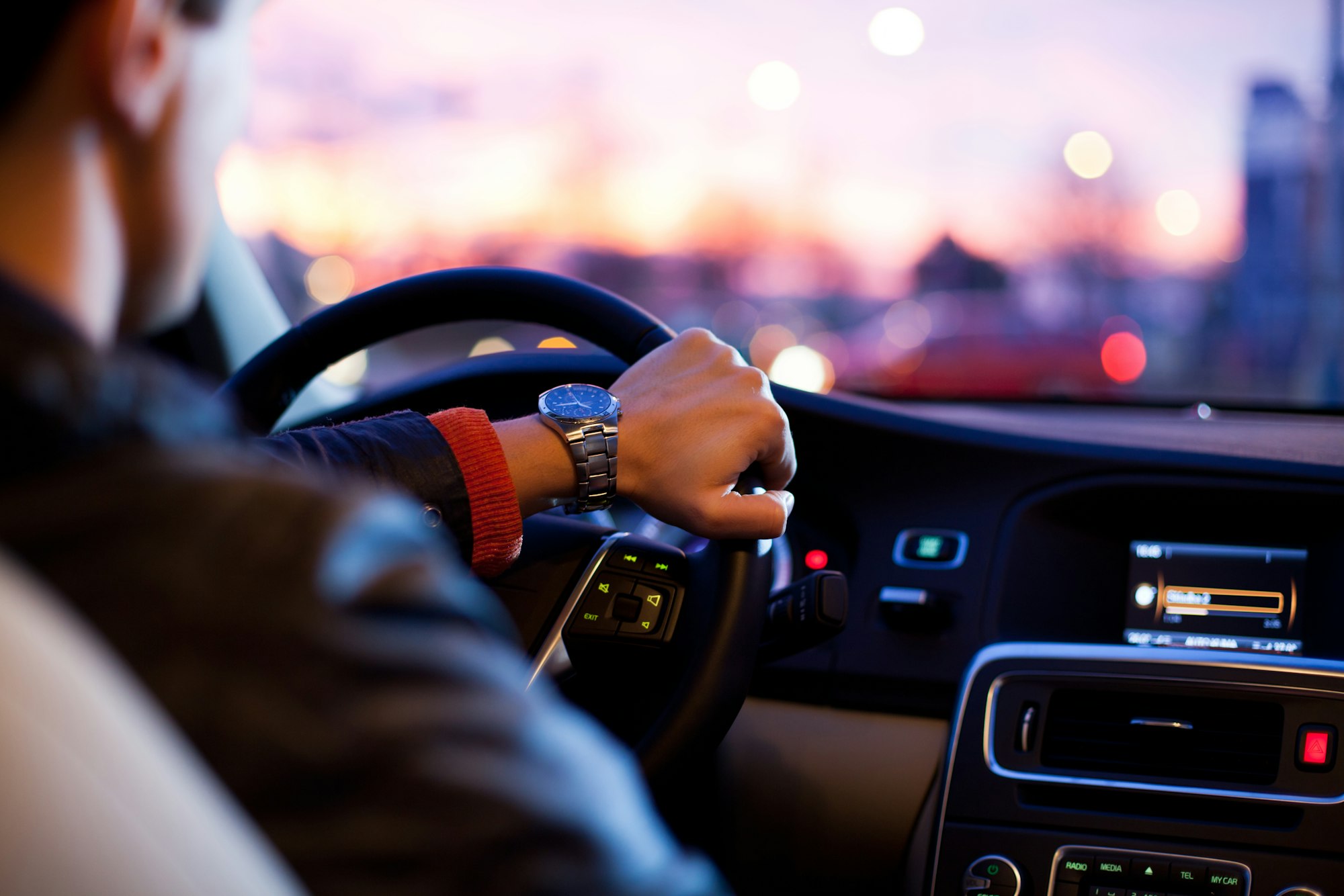Navigating the roads requires more than just basic driving skills; it demands a keen awareness and proactive approach to ensure safety for yourself and others. This Defensive Driving Quiz will challenge your understanding of crucial safety practices and defensive driving techniques. Sharpen your knowledge and become a more vigilant driver. Good luck!
We recommend that you do not leave the page that you are taking this quiz in. Stay honest 🙂
Defensive Driving Quiz Questions Overview
1. What is the primary goal of defensive driving?
To reach your destination quickly
To avoid accidents and hazards
To save fuel
To follow traffic laws
2. When should you use your turn signals?
Only when changing lanes
Only when turning at intersections
Whenever you are changing direction or lanes
Only at night
3. What is the recommended following distance in good weather conditions?
1 second
2 seconds
3 seconds
4 seconds
4. How should you handle a tailgater?
Speed up to create distance
Brake suddenly to warn them
Move to another lane or pull over if safe
Ignore them
5. What should you do if you are driving in heavy rain?
Drive faster to get through it quickly
Turn on your hazard lights
Reduce speed and increase following distance
Turn off your headlights
6. What is the safest way to approach an intersection?
Slow down and be prepared to stop
Speed up to clear the intersection quickly
Honk your horn as you approach
Ignore traffic signals if no one is around
7. What should you do if you start to skid on ice?
Brake hard immediately
Steer in the direction you want to go
Accelerate to regain control
Turn the wheel sharply
8. Why is it important to check your blind spots?
To see if your mirrors are adjusted correctly
To ensure no vehicles are in your blind spots before changing lanes
To check for road conditions
To see if your lights are working
9. What is the purpose of the ‘two-second rule’ in driving?
To measure your reaction time
To maintain a safe following distance
To time your lane changes
To check your speed
10. How can you reduce the risk of a rear-end collision?
By driving faster than the car in front
By maintaining a safe following distance
By frequently changing lanes
By using your horn often
We recommend that you do not leave the page that you are taking this quiz in. Stay honest 🙂
Can Your Friends Do Better Than You in This Quiz?
Share this quiz with your friends and compare results.
Was this page helpful?
More Popular Health & Wellness Quizzes:
-
Bipolar or ADHD Quiz
-
Medical Terminology Quiz
-
Sexual Harassment Quiz
-
Disability Qualification Quiz
-
Puberty Quiz
-
Sepsis Quiz











